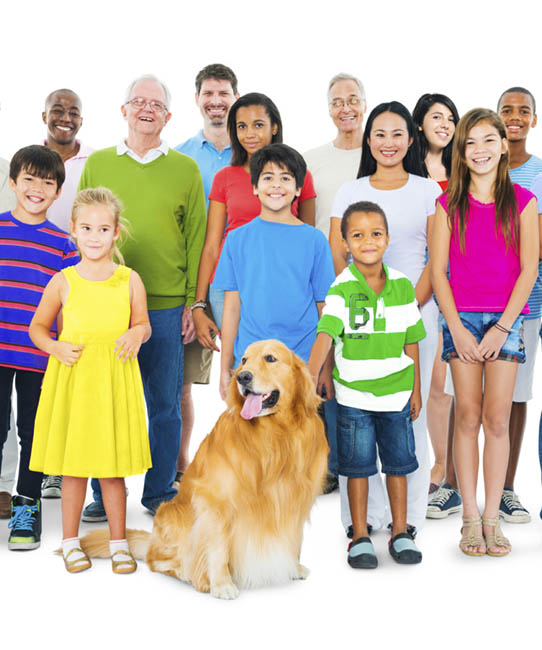This is the place if you’re looking for information about disabilities in infants, toddlers, children, and youth with disabilities! We are building our resources to include information and connections to the full spectrum of disabilities in children, including developmental delays and rare disorders.
Use the links in this section of the website to learn about specific disabilities and disorders and the disability categories in our nation’s special education law (IDEA) that qualify a child for special education services.
Categories of Disability under IDEA Law
The nation’s special education law is called the Individuals with Disabilities Education Act, or IDEA. As part of making special education and related services available to children with disabilities in the public schools, IDEA defines the term “child with a disability.” That definition includes specific disability terms, which are also defined by IDEA.
The IDEA’s disability terms and definitions guide how States in their own turn define disability and who is eligible for a free appropriate public education under special education law. The definitions of these specific disability terms from the IDEA regulations are shown beneath each term listed below. Note, in order to fully meet the definition (and eligibility for special education and related services) as a “child with a disability,” a child’s educational performance must be adversely affected due to the disability.
The IDEA includes 14 primary disability “categories” under the main definition of “a child with a disability.” These federal definitions guide how states define who is eligible for a free appropriate public education under special education law.

